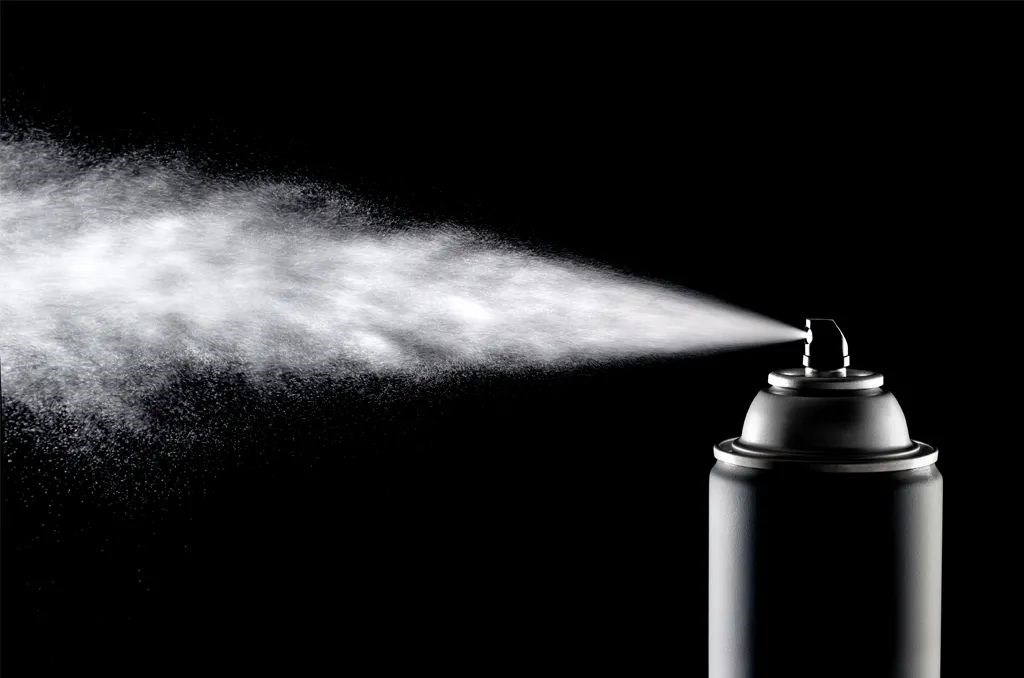Everything you need to know about air duster
Published date: 29 September 2022

An air duster is a device that uses compressed air to clean surfaces and remove dust and dirt. Air dusters usually come in handy aerosol cans, and they are often used to clean computers, printers, and other electronic equipment. They are especially useful on components that would be sensitive to moisture.
Air dusters are also known as “canned air”, “aerosol dusters” and “dusting gas”. In this article, we’ll provide a comprehensive guide to everything you need to know about air dusters.
What is inside an air duster can?
Despite the fact that air dusters are commonly called “compressed air” or “canned air”, there is no “air” inside the aerosol can. Rather, air duster cans contain other gases that are compressible into liquids. When sprayed, the liquid boils at a very low temperature, returning to its gaseous state.
The most common propellants found inside air duster cans are:
- HFC-134a ‒ Non-flammable. Commonly used in industrial applications because it can be sprayed on energized circuits. Unfortunately, it has a negative impact on the environment, with a Global Warming Potential of about 1400 (1400 times the impact of CO2).
- HFC-152a ‒ Common in retail store air dusters because of its lower price. It has the disadvantage of being flammable. Its GWP is 130.
- HFO-1234ze ‒ A new technology, non-flammable and environmentally-friendly. It is, however, more expensive than the previous two propellants.
- CO2 ‒ Non-flammable and with relatively low GWP. Its drawback is the very high pressure, requiring small cartridges that need to be replaced often.
What is the best way to use an air duster?
To use an air duster, simply hold the nozzle close to the surface you want to clean and press the trigger. The air will dislodge any dust or debris on the surface. For best results, move the nozzle back and forth as you clean. Use short bursts, about three to five seconds long. Spraying continuously will decrease the internal pressure of the aerosol can, lowering the force of the spray.
Air dusters should only be used in an upright position, or tilted about 45° maximum. This is due to their internal valving design. Holding the can upside down can result in spraying liquid onto surfaces and increase the risk of contact with the skin.
Are air dusters safe to use?
Air dusters are safe to use on most surfaces, but you should avoid using them on delicate electronics, such as smartphones. Also, be sure to hold the duster upright so that the nozzle will not spray liquid. Contact between the propellant gas and the skin can cause mild frostbite and should be avoided. The gases contained in aerosol dusters can be harmful to the heart, lung and brains and should not be inhaled.
Remember to always store air duster cans in the proper conditions. Since they contain pressurized gas, they can become dangerously volatile. Air dusters containing HFC-152a, commonly sold in retail stores, are flammable. They should be kept away from ignition sources and only used in properly ventilated areas.
Conro Electronics is a leading supplier of materials and tools in the electronic manufacturing industry.
We’ll show you how to improve product reliability while increasing performance and lowering costs. Our team of technical support specialists will provide your company with dependable global supply, unrivalled efficiency, and superior technical support.
Feel free to contact us on 0208 953 1211 or send us an email to info@conro.com




Comments
There are currently no comments, be the first to comment.